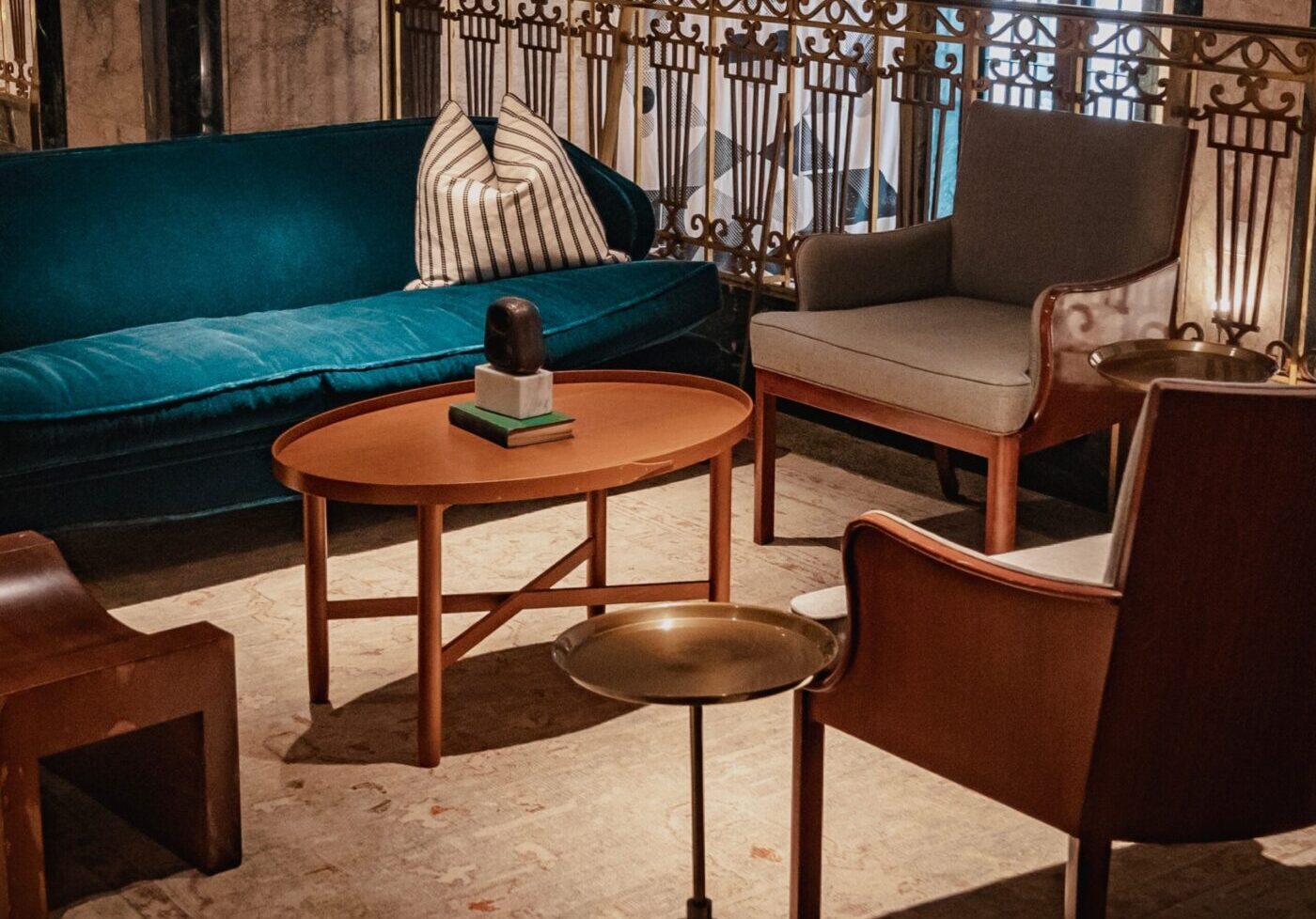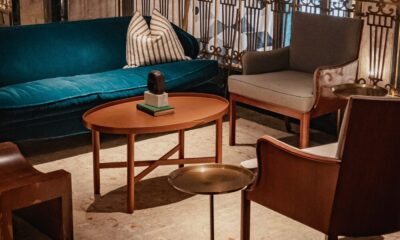Top Stories
Discover the Charm of Antiques in Modern Home Design

Antiques and vintage furniture are experiencing a resurgence as homeowners seek to incorporate unique heritage pieces into contemporary designs. According to Maree Peary of Style and Soul, retro furnishings from the 1950s, 1960s, and 1970s are particularly popular, providing a striking contrast to modern aesthetics. These heritage items offer historical and cultural value, enriching living spaces with character and depth.
Antiques are often misunderstood, leading some to believe they do not fit within modern homes. This perception is misguided; the contrast between contemporary décor and antique pieces can create a visually appealing environment. Unlike mass-produced items, antiques showcase true craftsmanship and are built to last, making them a sustainable choice for those looking to furnish their homes responsibly. Each piece tells a story, connecting generations.
Many people assume that antique furniture must be updated or repainted, but Peary argues that the inherent beauty of these items often stands on its own. While some antiques can be expensive, savvy shoppers can find bargains at garage sales, vintage shops, or online marketplaces. Investing in quality pieces reduces the need for frequent replacements, ultimately saving money over time.
Integrating antiques into a modern home design involves thoughtful consideration of aesthetics and functionality. Here are essential guidelines for incorporating these treasured items:
Tips for Integrating Antiques into Modern Spaces
Focus on balance and harmony by distributing antique items throughout the space. This approach prevents overcrowding and allows each piece to shine. Select a standout antique as a focal point and surround it with more discreet modern elements, creating a striking visual impact.
Pairing contrasting proportions can enhance the overall design. For instance, small antique items can be placed alongside larger modern furniture to create visual interest. Moreover, using antique pieces with soft, curved forms can soften the sleek lines often found in contemporary design, adding both comfort and luxury.
Cohesive colour palettes and textures can further unify a space. Choose modern and antique pieces with consistent undertones to maintain harmony. Combining smooth modern materials with the rich textures of antiques—such as natural fibres or carved wood—creates an inviting atmosphere. Consider using a treasured heritage piece as the basis for a colour scheme; let its hues inspire your choice of wall coverings, fabrics, and accessories.
Specific applications can significantly enhance the ambiance of a room. Vintage artwork, mirrors, or hand-blocked wallpaper can create striking accent walls. Antique items can be repurposed into functional furniture, such as side tables or coffee tables, adding character to everyday living.
Important Considerations for Antique Integration
Applying the 80/20 rule can guide the successful incorporation of antiques into your home. Aim for about 80 percent of your interior design to reflect a particular style or period, while allowing the remaining 20 percent for notable antique pieces. This strategy ensures that the antiques complement rather than overwhelm contemporary elements.
Embracing the imperfections that come with antiques can enhance their charm. Bumps and bruises tell the story of each piece, adding character to your home. Ultimately, the goal is to create a space that reflects your personal style while harmonizing the old and the new.
Incorporating antiques and heritage pieces into a modern home design can elevate the overall aesthetic, making it feel curated and intentional. With proper placement, balance, and a focus on cohesive design, these timeless items can breathe life into any space. Happy decorating!
-

 World3 weeks ago
World3 weeks agoPrivate Funeral Held for Dean Field and His Three Children
-

 Top Stories3 weeks ago
Top Stories3 weeks agoFuneral Planned for Field Siblings After Tragic House Fire
-

 Sports3 months ago
Sports3 months agoNetball New Zealand Stands Down Dame Noeline Taurua for Series
-

 Entertainment3 months ago
Entertainment3 months agoTributes Pour In for Lachlan Rofe, Reality Star, Dead at 47
-

 Entertainment2 months ago
Entertainment2 months agoNew ‘Maverick’ Chaser Joins Beat the Chasers Season Finale
-

 Sports3 months ago
Sports3 months agoSilver Ferns Legend Laura Langman Criticizes Team’s Attitude
-

 Sports1 month ago
Sports1 month agoEli Katoa Rushed to Hospital After Sideline Incident During Match
-

 Politics2 months ago
Politics2 months agoNetball NZ Calls for Respect Amid Dame Taurua’s Standoff
-

 World4 weeks ago
World4 weeks agoInvestigation Underway in Tragic Sanson House Fire Involving Family
-

 Top Stories3 weeks ago
Top Stories3 weeks agoShock and Grief Follow Tragic Family Deaths in New Zealand
-

 Sports2 weeks ago
Sports2 weeks agoEli Katoa Shares Positive Recovery Update After Brain Surgery
-

 Entertainment6 days ago
Entertainment6 days agoJacinda Ardern Discusses Popularity Decline on Graham Norton Show













